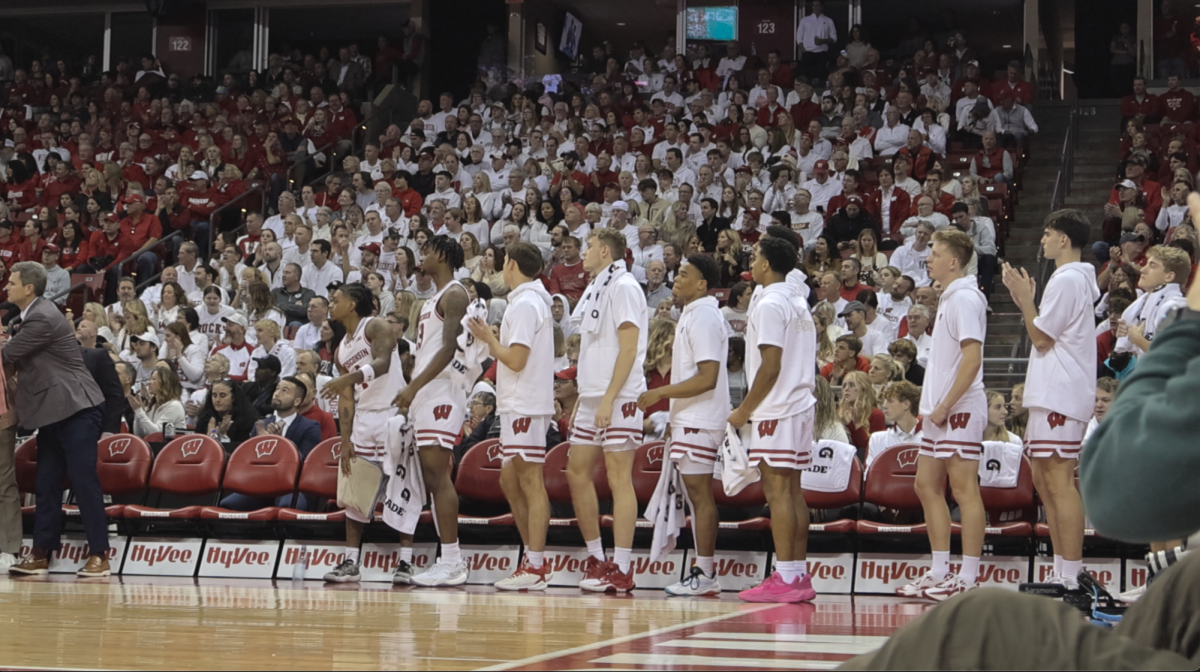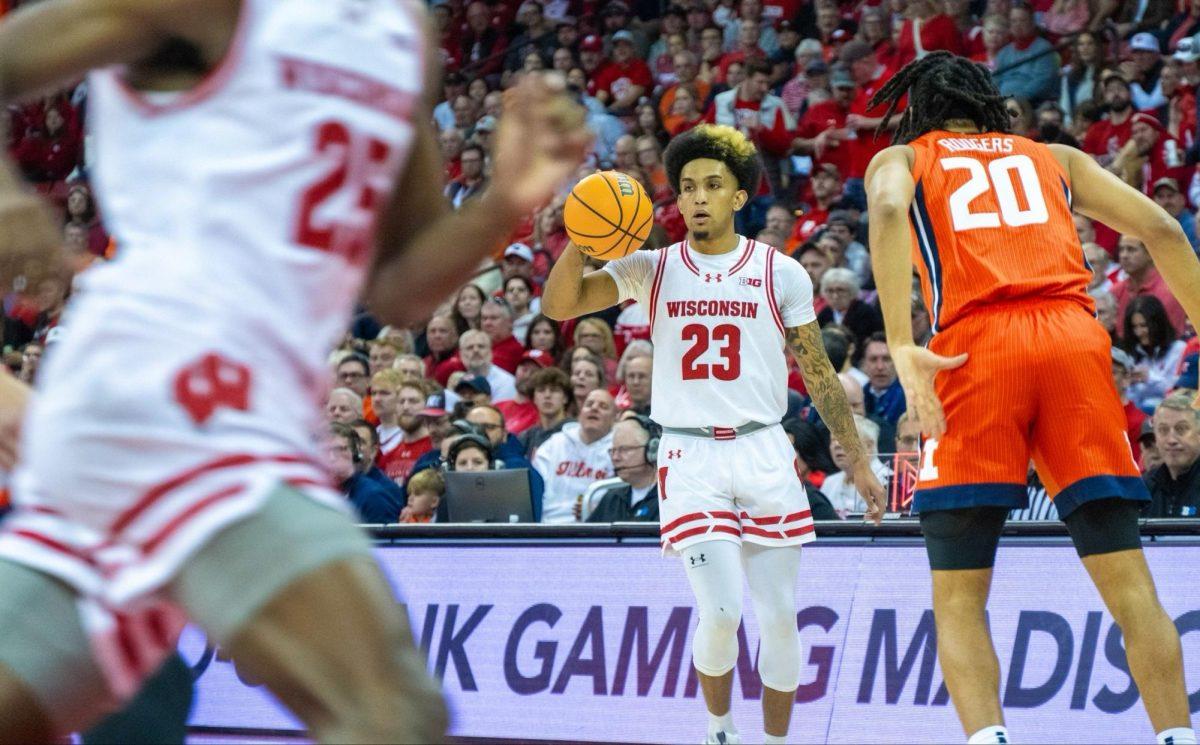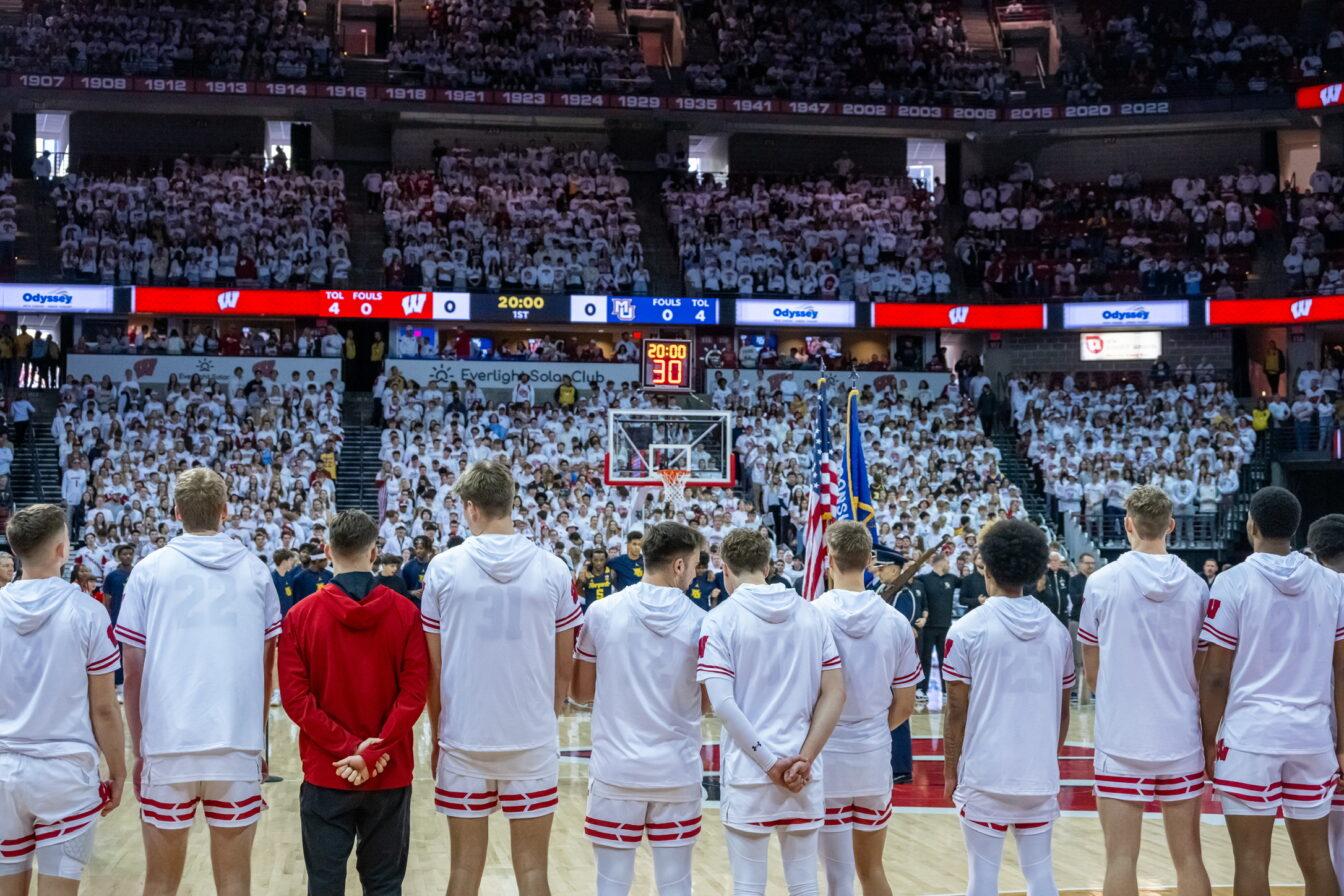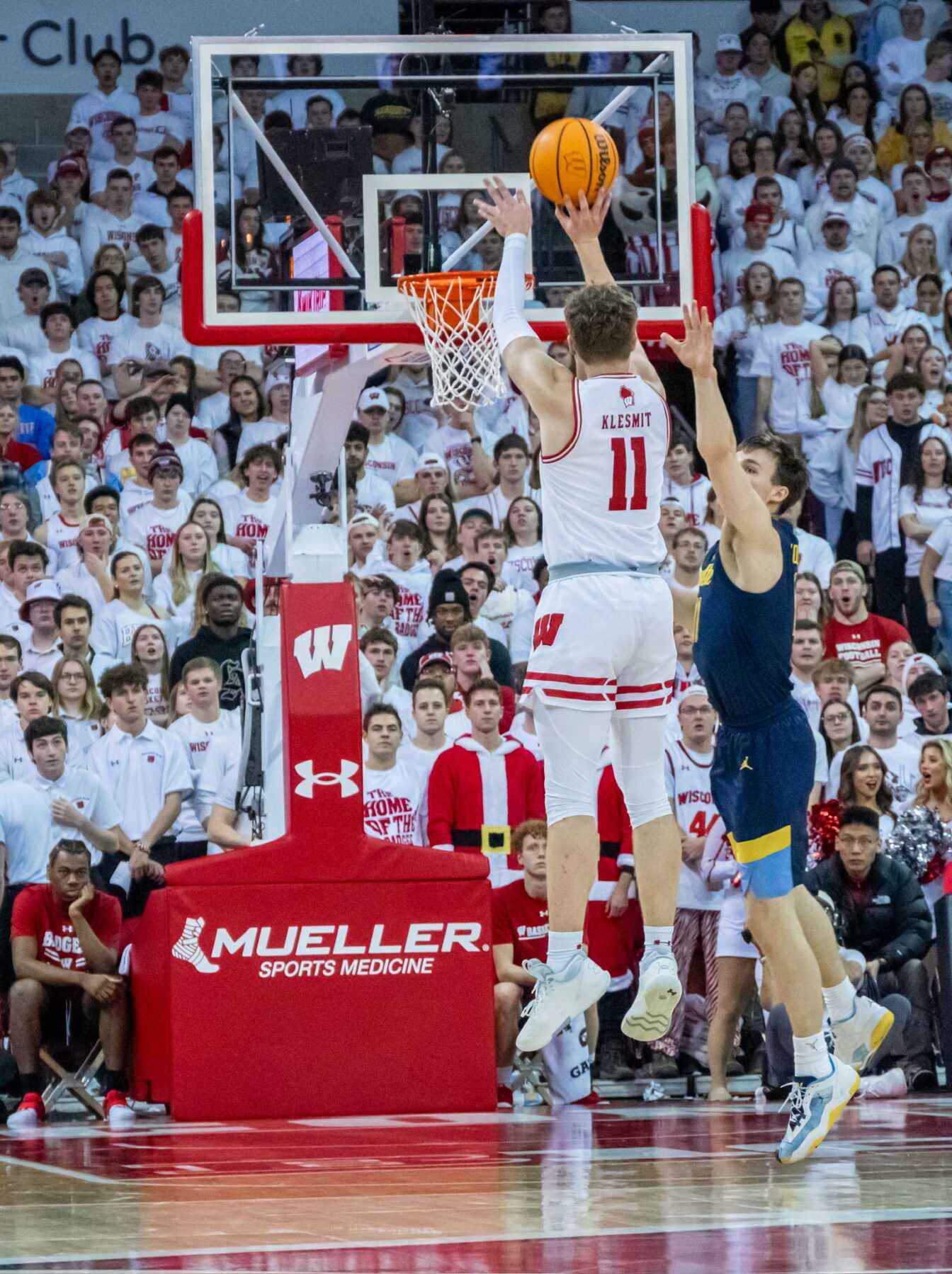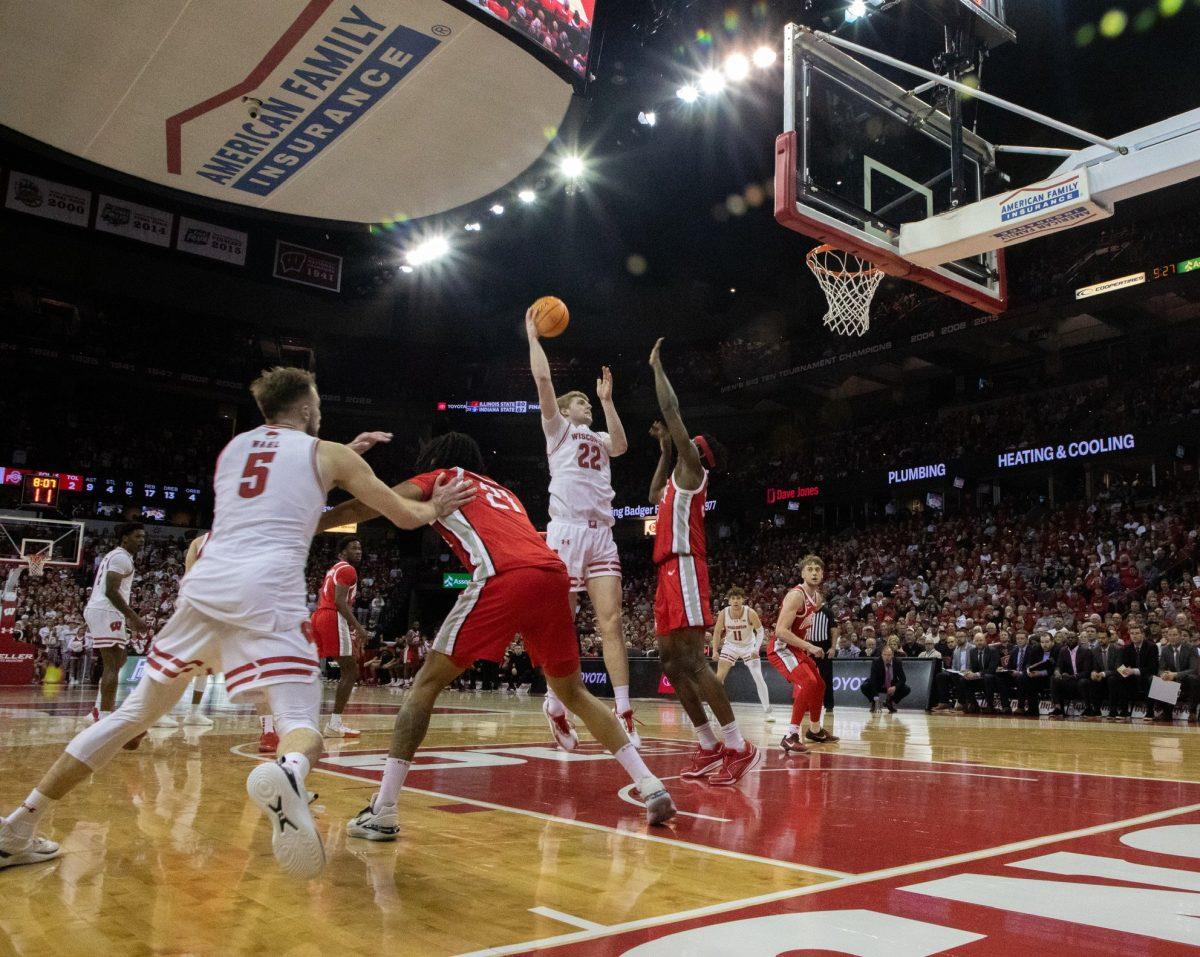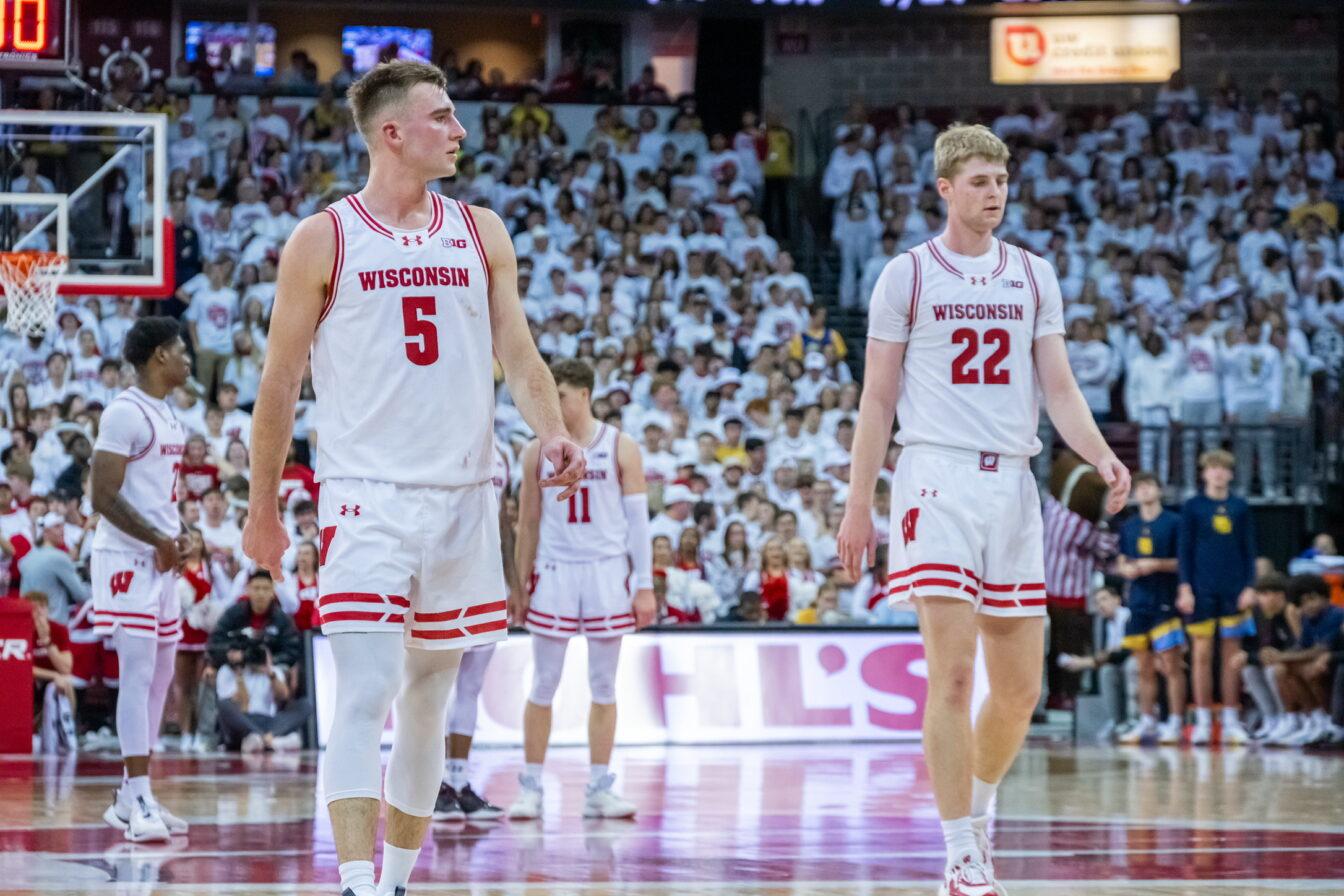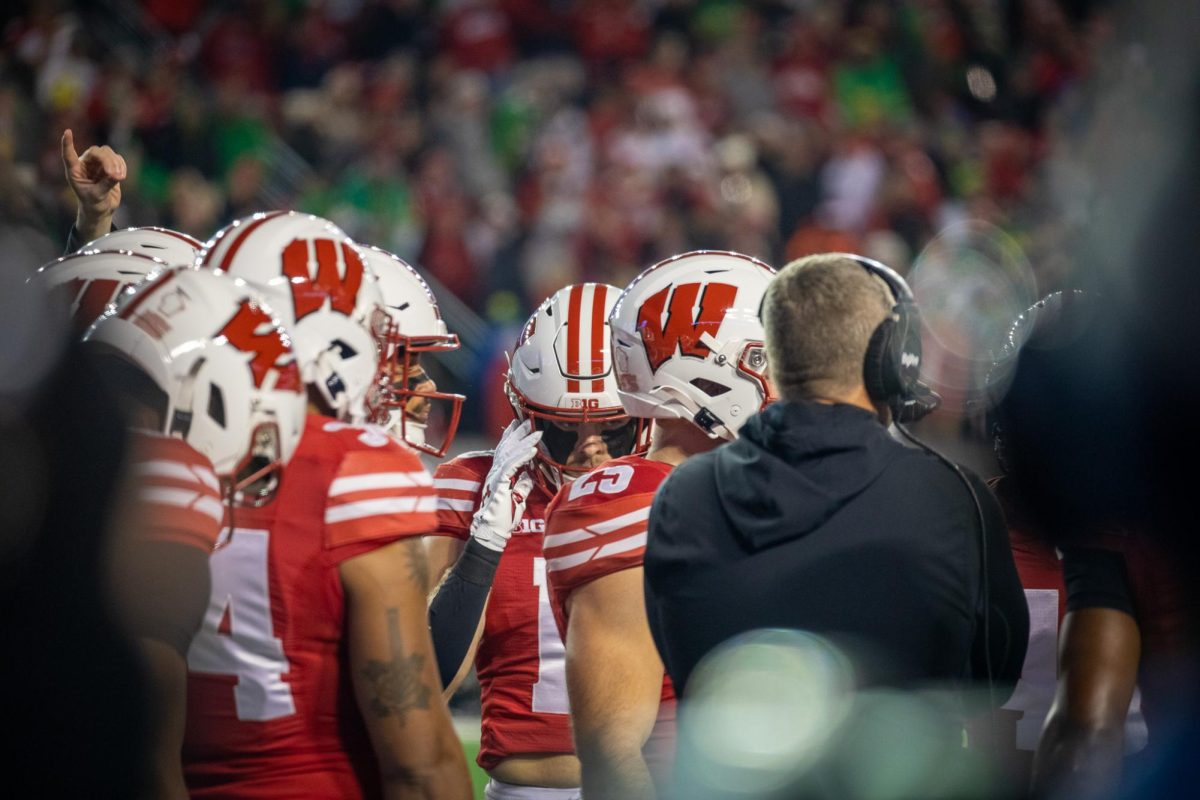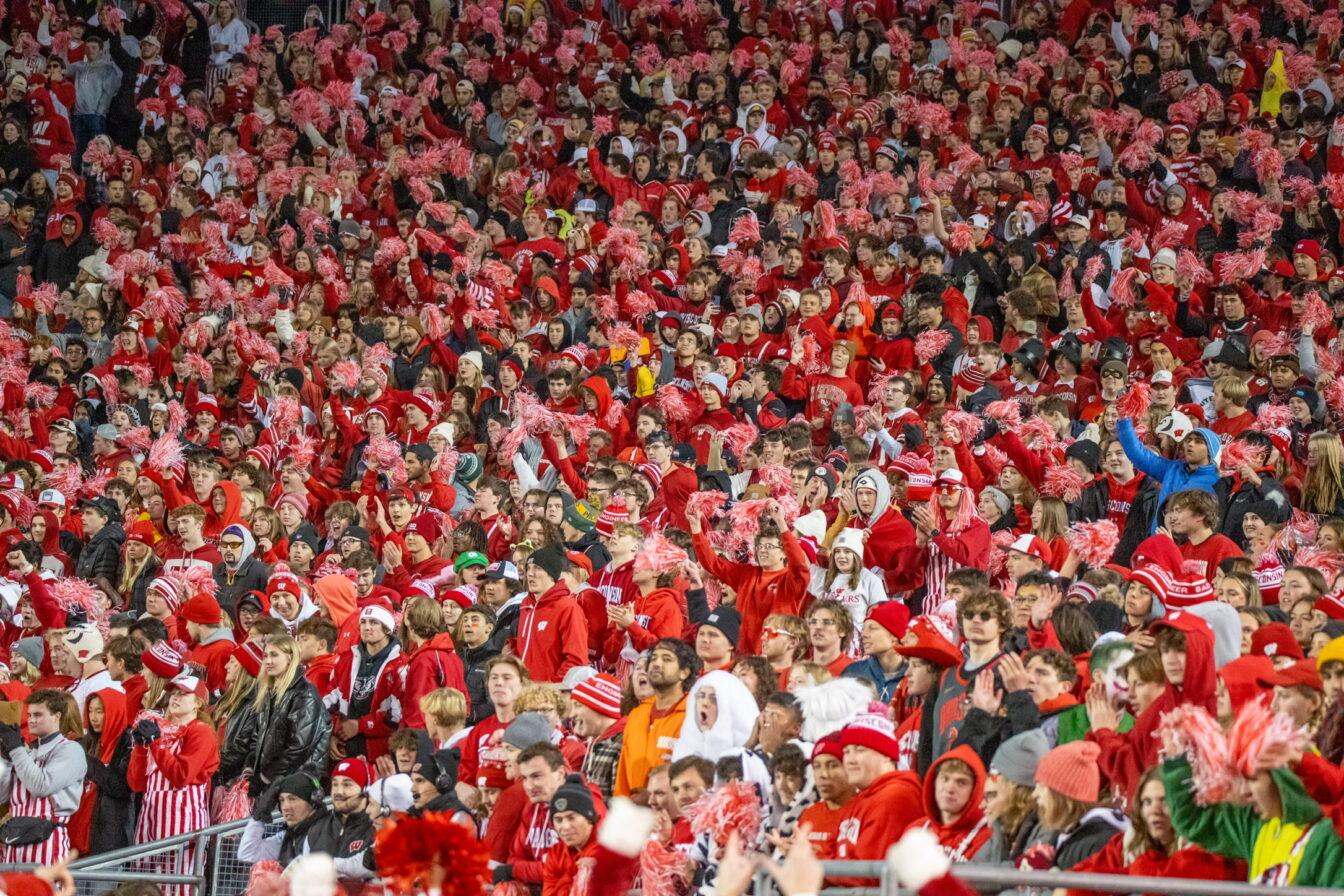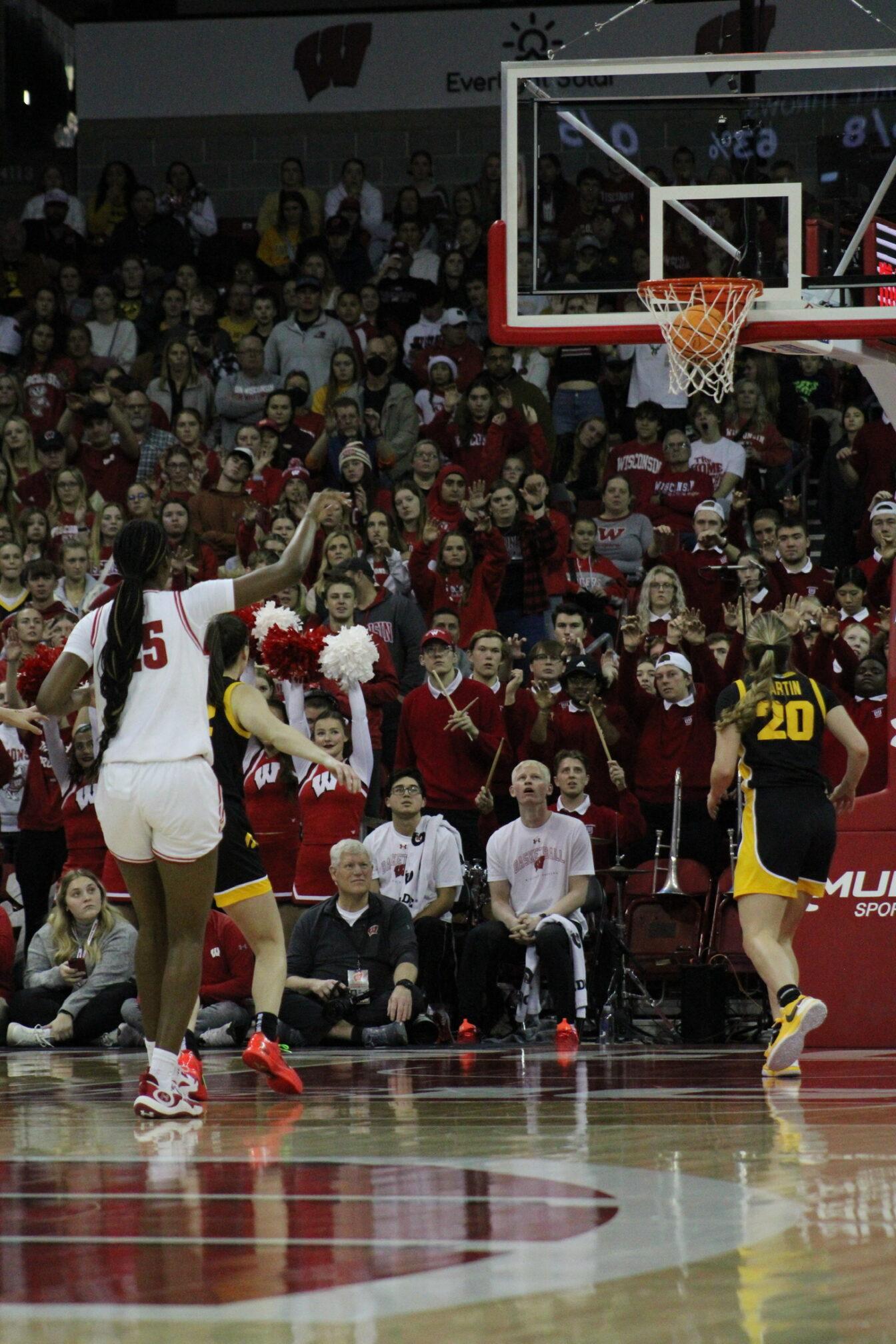
Perhaps if the Big Ten weren’t so tight this season, the Wisconsin men’s basketball team could afford more time for rivalry talk.
But even with a border battle pending with the Minnesota Golden Gophers (17-7, 5-6) Thursday night at Williams Arena, the No. 21 Badgers (18-6, 7-4) are focused singularly on rebounding from a weekend loss that snapped their six-game winning streak. No. 3 Ohio State came to the Kohl Center intent on avenging last year’s loss to the Badgers in Madison and did just that with a 58-52 win.
So even with the familiarity Wisconsin and Minnesota have – four Badgers hail from the North Star State – not much time will be spent dwelling on the rivalry. With the loss to OSU, UW fell to fourth place in the conference, two games behind the Buckeyes.
“We’ve got to bounce back,” forward and Minnesota native Mike Bruesewitz said. “We’ve got to make sure we come out strong and not hang our heads, because that was last week, we lost, whatever. Credit Ohio State; they made some plays down the stretch.”
On the court, frontcourt play figures to be the most noteworthy. Against Ohio State, forward/center Jared Berggren, forward Ryan Evans and Bruesewitz all took turns trying to defend Jared Sullinger, the Buckeyes’ All-American forward. Sullinger finished with 24 points, and after Berggren was unable to contain him in the first half, Bruesewitz and Evans spent much of the second attempting to trap him down low.
Against the Gophers, the Badgers’ frontcourt trio will be tasked with defending Minnesota’s leading scorer, forward Rodney Williams (10.5 points, 5.3 rebounds and 1.5 blocks per game). Listed at 6-foot-7, 200 pounds, Williams doesn’t necessarily pose a mismatch to the Badgers, though his athleticism around the basket makes UM fairly dangerous inside. Along with 6-foot-11, 230-pound forward/center Ralph Sampson III (8.4 points, 4.7 rebounds and 1.3 blocks per game), Williams will be a central focus for Wisconsin’s post players.
“They’ve got some guys that aren’t trying to do too much,” head coach Bo Ryan said of the Gophers. “Rodney Williams was as good as any player in the country coming out of high school. Ralph Sampson III, those guys have been around.”
Ryan also added that Williams, Sampson III and the Gophers’ other frontcourt players can get after teams because of their athleticism. Minnesota leads the Big Ten in blocked shots per game (5.4) and also ranks No. 18 in the country. Before the Gophers lost their best player, forward Trevor Mbakwe, to a season-ending knee injury Nov. 27, Minnesota had a third player that blocked at least 1.3 shots per game. In the seven games before his injury, Mbakwe led UM with 14 points, 9.1 rebounds and 1.7 blocks per game.
“They’re pretty springy,” Bruesewitz said. “If you watched a few of their highlights – and I know [Williams], [Williams is] probably one of the best dunkers I’ve seen in the country, in my opinion. He’s real long and athletic – he gets tip-dunks off of free throws. He has some bounce in his step.”
Fortunately for the Badgers, Berggren, Evans and Bruesewitz have displayed improved shooting abilities this season that should diminish the Gophers’ shot-blocking prowess. Evans has made the largest statistical improvement, shooting 43.8 percent from the field, up from 31.1 last season. The 6-6, 210-pound Phoenix native is third on Wisconsin with 10.0 points per game, behind only point guard Jordan Taylor (a Bloomington, Minn., native) and Berggren.
“I’m able to use pump fakes and get my shot off when I want to,” Evans said. “I wouldn’t say [UM’s shot-blocking] poses a problem for me, just being able to recognize and play off what they’re doing. I’ve played with athletic players all my life, so it’s not going to pose that much of a difficulty for me.”
Despite losing Mbakwe, Minnesota entered the Big Ten season primed to be a surprise contender after finishing the non-conference slate 12-1. However, the Gophers lost their first four conference games. Since then, they’ve won five of their last seven. Most recently, Minnesota toppled Nebraska on the road Sunday afternoon in a 69-61 win that saw the Gophers make more than half (54 percent) of their shot attempts from the field.
The victory also highlighted Minnesota’s depth, as the Gophers’ rotation can be up to 11 players deep. Against Nebraska, nine players saw at least 16 minutes of playing time. On the season, 10 different players are averaging at least 10 minutes per game.
“They’ve got some depth worked into the lineup now,” Ryan said. “So it hasn’t surprised any of us that they’re doing well, especially in a league that you just don’t know. There are some years you can have a team that would go 15-3 in the Big Ten, and that same team in another year could go .500, the way things are this year.”


